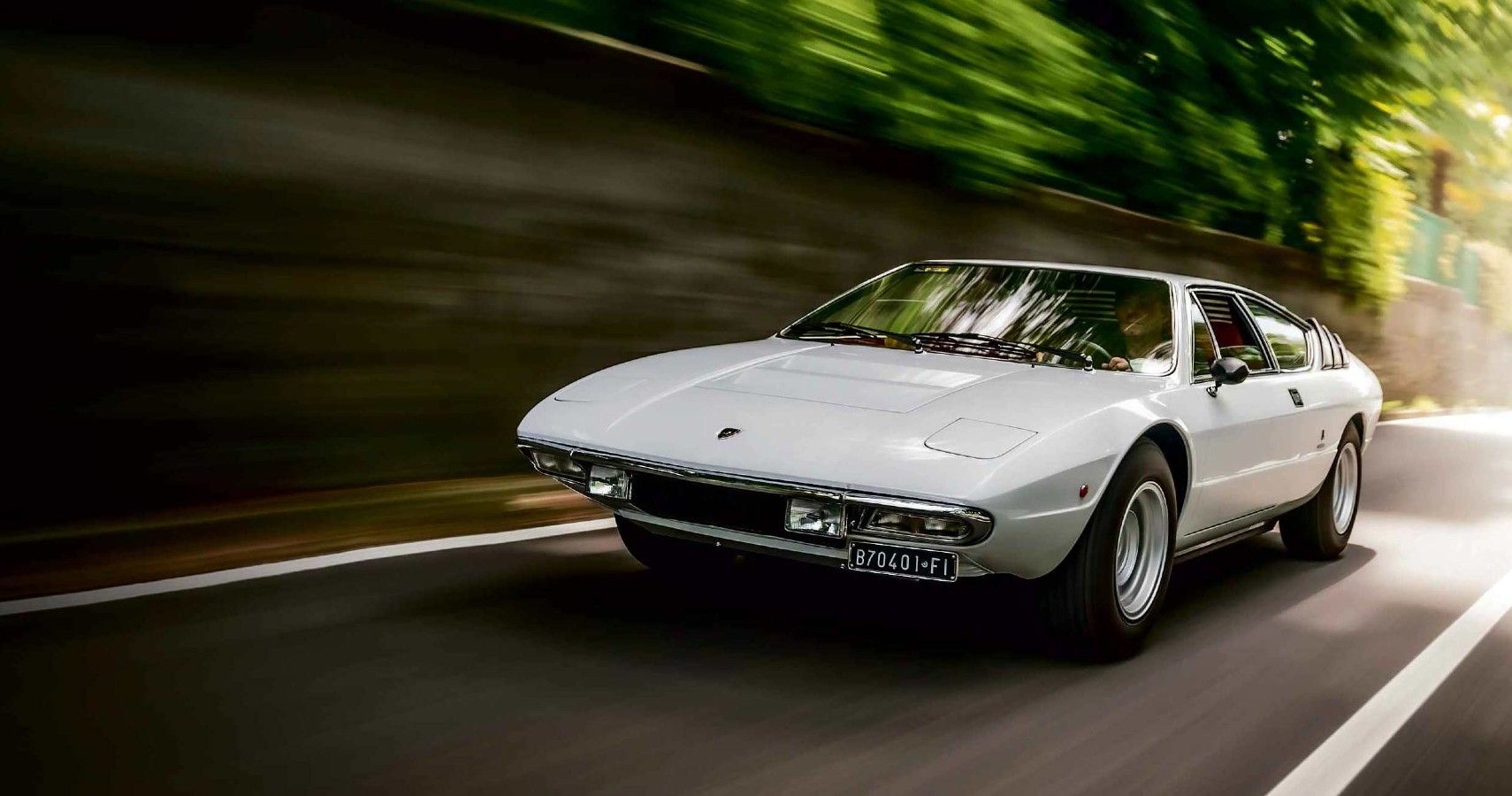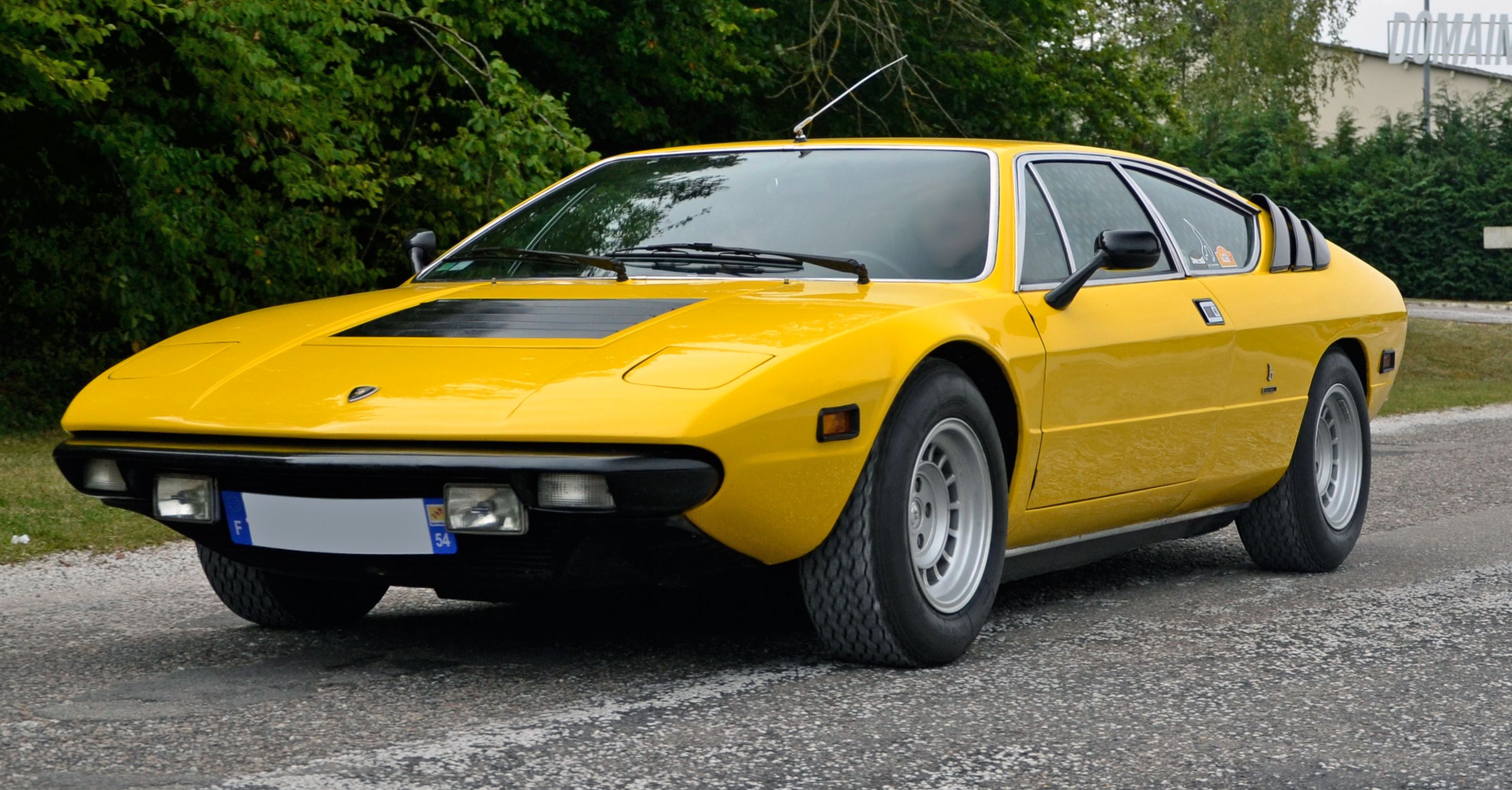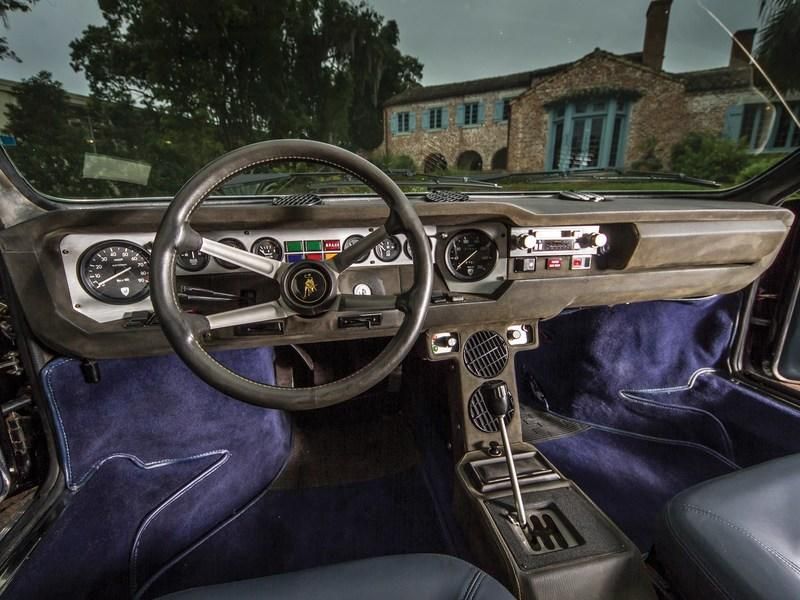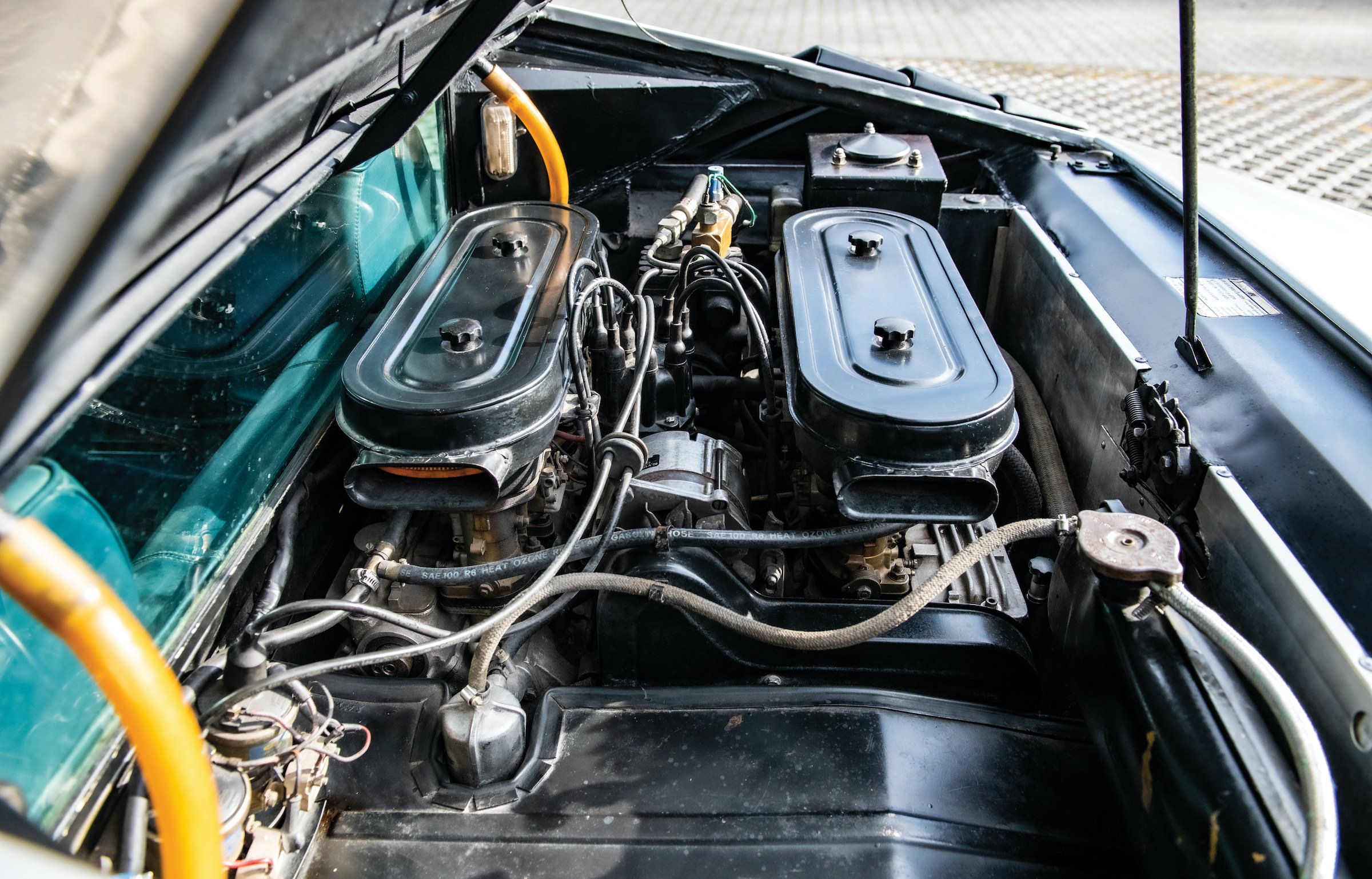The Urraco resulted from Ferruccio Lamborghini’s dream of producing a budget supercar with sporting DNA. This distinctive 2+2 coupe created by Marcello Gandini and Paolo Stanzani was first unveiled at the 1970 Turin Auto Show and was available in three models: the P200, P250, and P300. This sleek V8 mid-engined Italian beauty was in production until 1979. As per Lamborghini's claims, a total of 776 Urracos were produced, which were divided into 520 P250s, 66 P200s, and 190 P300s.
The Urraco is a crucial part of automotive history since it brought with it several technological innovations that are seen in automobiles even today. Here’s a glimpse at this grand coupe that has become a rare Italian classic today.
Urraco’s Iconic Wedged Design
The Urraco was a small car with only 14 feet in length, complementing its ‘little bull’ pseudonym. The car had a wedge-shaped design with rounded contours inherited from Miura. Later, this entire design was passed onto the Countach with some improvisations. The Urraco was built on a sheet-steel unibody chassis with front suspension components bolted directly to the frame. The rear suspension, engine, and transmission were bolted directly on the chassis from underneath, allowing easier access.
Apart from its wedged shape, the Urraco stood out because of its teardrop popup headlights, louvers, slanting roofs, and angled windows. The car was the first-ever 2+2 production sports coupe that featured a mid-mounted V8 and MacPherson independent suspension for both axles.
The Coupe’s Innovative Cabin Design
The distinctive design language of the Urraco continued in its interior too. The exterior of the Urraco certainly had an otherworldly design that highlighted its sporty and speedy nature. On the inside, Lamborghini added some innovative features that were a perfect match to its exterior.
The automobile had a 2+2 seating interior with bucket seats at the front. The car's dashboard was meticulously designed with a groovy layout, and within those, the instruments were placed in a peculiar yet innovative arrangement. The speedometer and tachometer were placed on either side of the sporty four-spoke steering wheel for the driver’s convenience.
Lamborghini’s Power-Packed Engines
During its production run, the Urraco was offered in three variants. The P250 Urraco had a 2.5-liter engine and was produced from 1970 to 1976, the P200 carried a 2.0-liter engine and was in production from 1974 to 1977, and a 3.0-liter engine powered the final P300 from 1975 to 1979. All of these engines were V8 and differed in terms of power output.
Lamborghini introduced some revolutionary upgrades with Urraco’s V8 that made this car deliver a splendid performance despite being a budget sports car. Every variant of the Urraco was equipped with a Heron Chamber engine head and a flat inner part, while the combustion chamber was in a depression on top of the piston. This allowed Lamborghini to put a higher compression ratio in engine performance without increasing the cost. Further, the efficiency and performance were enhanced by a single overhead camshaft and four Weber double-body 40 IDFI-type carburetors.
The first released P250s were powered by a 2.5-liter V8 engine that produced 217 HP and 162 lb-ft of torque. The P200s launched in 1974 had a little less power and carried a 2.0-liter V8 that produced a decent 180 HP and 130 lb-ft of torque. The last and most potent version of the Urraco launched in 1974 at the Turin Motor Show, and the P300 carried a 3.0-liter V8 engine that churned out 247 HP and 195 lb-ft of torque. All three V8 engines were equipped with a five-speed manual transmission that powered the rear wheels. Considering its affordable nature, the Urraco was impressively fast with a top speed of 150 mph and could sprint from 0 to 60 mph in merely 6.9 seconds.
The Lamborghini Urraco was indeed special because of its efficient performance and a not-so-hefty price tag. It sported an innovative design that readily gained mass admiration, and it also featured some of the magnificent innovations that became its legacy even after it went out of production. After its successful testing with Urraco, Lamborghini launched several sports cars based on Urraco’s styling, like Jalpa, Silhouette, and Espada. However, the most popular was the Lamborghini Countach, which shared the same silhouette of Urraco with just an additional rear wing.
Despite its unique and performance-oriented features, Urraco remained largely underrated as the Countach overshadowed it. Countach had Urraco’s distinctive design features and carried a more powerful 3.9-liter DOHC 24-valve V12 that produced 370 HP and 266 lb-ft of torque. However, the technological innovation that started with Urraco is still alive in modern-day Lamborghinis like Gallardo and Huracan.




